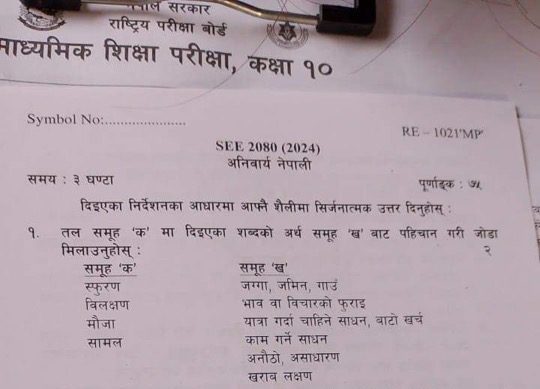


The Nepal Stock Exchange, referred to the share market in Nepal, is a marketplace where shares of publicly traded firms may be purchased and sold.
It is the sole Stock Exchange in Nepal and is situated in Kathmandu’s Singha Durbar Plaza. The stock exchange’s index, the NEPSE index, also called the Nepal Stock Exchange index, measures the performance of the whole market. The market capitalization weighted average of the free float adjusted closing prices of all the businesses listed on the exchange is used to generate the index.
History Of Nepal Stock Exchange ( NEPSE )
The first stock market in Nepal was established in 1937, which marks the beginning of the history of the Nepal Stock Exchange (NEPSE). However, the Nepal Stock Exchange was formally established in 1983 with the creation of the Nepal Stock Exchange Limited (abbreviated as NEPSE).
In the beginning, there were not many firms registered on the Nepali stock market, which was still very modest. The market grew slowly in the early years but gained steam in the 1990s as a result of the government’s determination to liberalize the economy and support the expansion of the private sector.
The Nepali government has launched a number of steps in recent years to enhance stock market functionality and draw in new investors. Adding new rules, boosting transparency, and enhancing market infrastructure are all part of this.
Ownership Status Of NEPSE
As a public limited corporation, the Nepal Stock Exchange (NEPSE) is owned by its shareholders. Like other firms listed on the exchange, NEPSE’s shares are traded on its own platform. Various entities, including people, institutions, and organizations, share ownership in the exchange.
According to data from 2021, private persons and other groups are NEPSE’s second-largest stockholders after commercial banks and financial institutions. As required by regulation, the Nepal Rastra Bank, the nation’s central bank, owns a sizable percentage of the NEPSE’s shares.
However, it should be remembered that when new shares are issued and existing shares are purchased and sold, the ownership structure of NEPSE may alter over time.
How Trading Was started On NEPSE ?
The first share market in Nepal was established in 1937, marking the beginning of trading on the Nepal Stock Exchange (NEPSE). However, the Nepal Stock Exchange was formally established in 1983 with the creation of the Nepal Stock Exchange Limited (NEPSE).
Only a few firms were initially listed for trading on NEPSE, and in the early years, the market grew slowly. There were a relatively small number of market participants, and trading was conducted manually. Additionally, there was a lack of transparency and little regulation on the market.
The Nepali government made the decision to liberalize the economy and promote private sector expansion in the 1990s. As a result, the market expanded and more businesses began to list on the exchange. New laws were also passed by the government to enhance market efficiency and draw in additional investors.
NEPSE has been proposing fresh initiatives to enhance the trading system in recent years, including as automated trading systems and internet trading. These modifications have improved the effectiveness, transparency, and convenience of trading on the NEPSE.
Types of stock traded on NEPSE .
The Nepal Stock Exchange (NEPSE) offers a wide selection of shares from various businesses. Common shares and preference shares are the two main categories for shares listed on NEPSE.
Common shares
The most Common shares alent type of shares listed on NEPSE are common shares. These shares signify ownership in the business and provide the bearer the right to vote at shareholder meetings, collect dividends, and participate in the assets of the firm in the case of a liquidation.
Preference Shares
Preference shares are a kind of stock that, subject to certain restrictions, represent a claim on the assets of a firm. Preference shareholders normally do not have voting rights but have a larger claim on dividends and assets than regular shareholders.
Companies may also issue additional securities, such as debentures, bonds, and units of mutual funds, in addition to the aforementioned kinds of shares.
It’s crucial to keep in mind that the precise conditions attached to a certain share will depend on the business issuing it and the terms of the sale. Before purchasing shares, it is usually advisable to study the company’s prospectus and speak with a financial counselor.

















